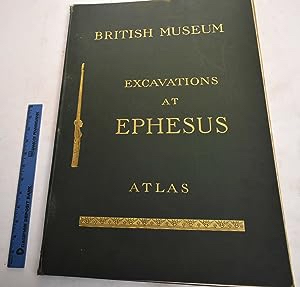Lorem ipsum dolor sit amet, consectetur adipiscing elit. Morbi eu nulla vehicula, sagittis tortor id, fermentum nunc. Donec gravida mi a condimentum rutrum. Praesent aliquet pellentesque nisi.


May I be allowed to correct and hereby to do penance for a blunder which defaces three or four passages in the recent British Museum publication on Ephesus ? A mental confusion between Lygdamis, the leader of the Cimmerians or Treres, who probably burned one of the earlier Artemisia, and Pythagoras, a pre-Persian tyrant, who is said to have had to build a temple at Ephesus in expiation for desecrating ‘the Hieron,’ took possession of me during the lapse of a year between writing Chapters I. and XIV., and led me to make the absurd suggestion on p. 245 that Temple B was completed ‘perhaps at the cost of Lygdamis by the middle of the seventh century,’ and to call the latter a ‘tyrant’ and a ‘traitor.’ The last epithet is particularly uncalled for, since the little we know of Lygdamis shows him as a bold tribal leader who died at the head of his horde. If he burned Temple A, neither he nor Pythagoras was the builder of Temple B; and if the latter built any Artemision it can only have been either Temple A (after desecrating a pre-existent hieron) or Temple C. But, as I have stated on p. 7, it is so doubtful whether there is any reference to the Artemision at all in the solitary extant passage regarding Pythagoras, that the suggestion of his responsibility for any of the primitive shrines on the site is hardly worth making. This mental confusion passed away from me in Syria while reflecting on the westward expeditions of Assurbanipal, in attacking whose Cilician vassal Lygdamis came by his death; but it was then too late to make amends even in a list of errata, as I had left the book passed for press on quitting England.